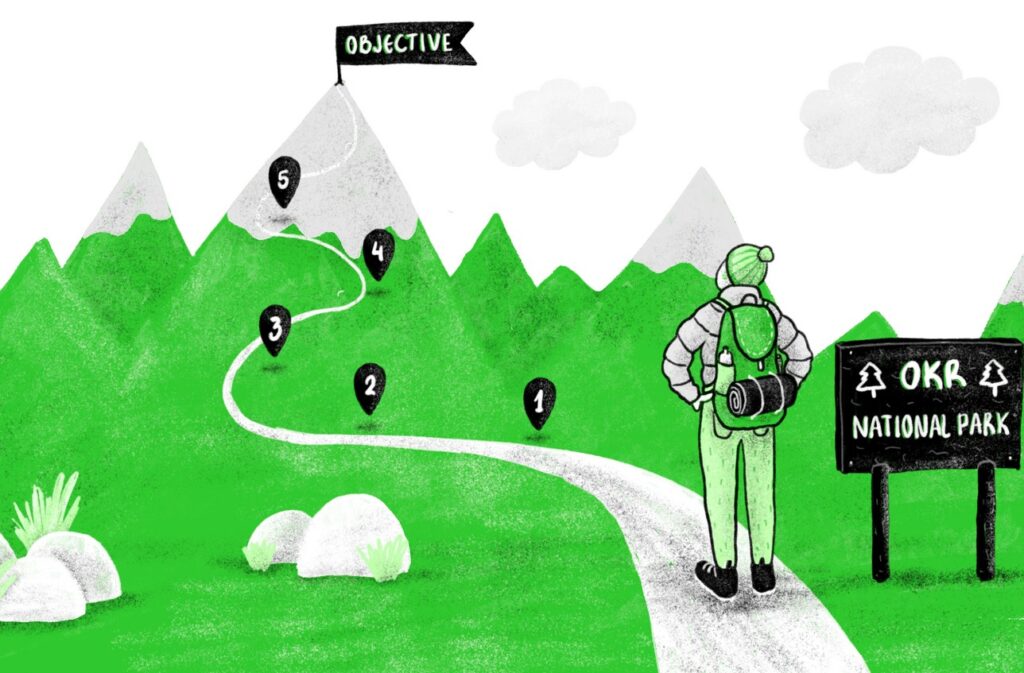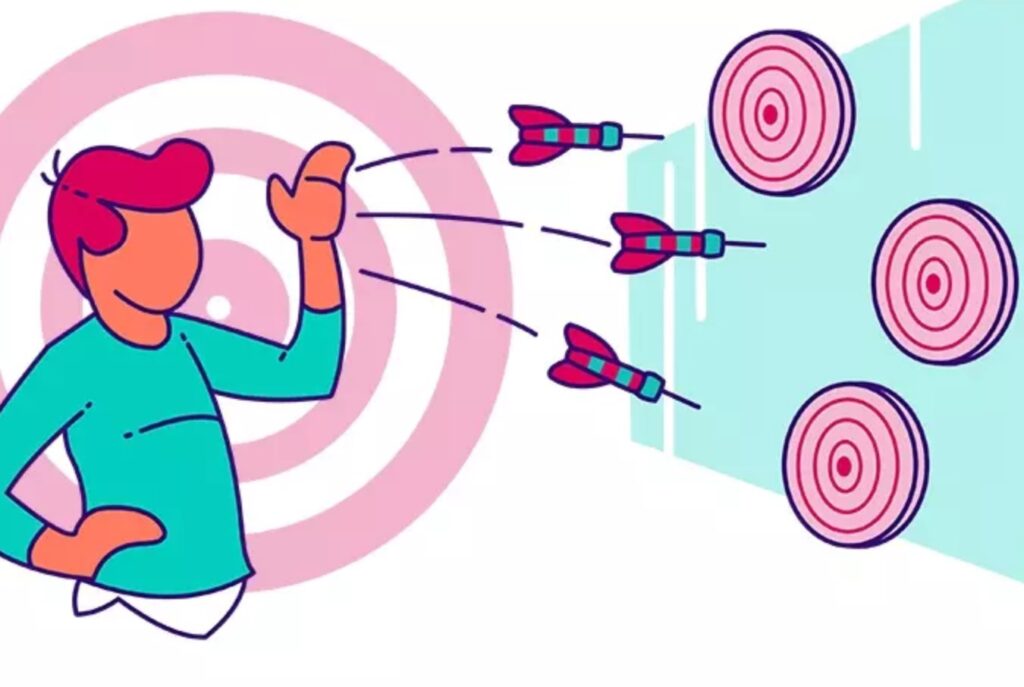Let us face it, businesses of all sizes have just a single goal, and that is to reach their desired objectives. As a business owner, it is vital to understand your objectives and work accordingly.
That is where a performance management tool or system comes in and makes a major difference in your company’s life. There are various tools and systems you can turn to, but only a few that make a significant change and impact on your bottom line.
The concept of OKR has revolutionized the way businesses are achieving their significant objectives. Did you know that even massive technology companies in the world like Google, Twitter, Uber, and LinkedIn are using OKRs?
Perhaps there is a fantastic reason why firms like profit.co seek to help organizations implement such a system. It might be a solution that works for them and can work for you too.
OKR, which stands for Objective and Key Results, is about the goals of the company and how each employee contributes towards them. If you are new to this term and wonder how OKR helps the business achieve significant objectives, then feel free to read on.

What is OKR?
This performance management framework enables worldwide organizations to implement strategy at scale. The benefits of OKR have been attributed to be a boost to the overall visibility of goals, add to focus, and increase company alignment.
The OKR framework assists organizations to bring employees and their responsibilities under a similar objective. This objective signifies the goals to be achieved, while the key results refer to periodic markers that assist an individual in understanding the distance they’ve covered to reach these goals.

How and General Firms Implement OKR
Implementing OKRs is not rocket science, but yes, the approaches will vary. The first thing you need to do is define your organization’s objectives, so individuals and teams can set their OKRs to contribute and align to those goals. Depending on your organization size, you need to decide the levels of team OKRs that will best serve the organization in the best way possible. You can break it down into sub-group or departments.
Generally, the cycle of OKR starts quarterly, with the leaders setting around two to five OKRs for the entire organization. During this tenure, you will learn about and implement the best practices and tasks that work well for your organization and then adjust your focus areas to the next cycle. When you review your Objectives and Key Results every three months, you will get several chances to respond to real-world changes.
These OKRs should be transparent and ambitious to the whole organization. Once you set them, other levels of the organization can also set their own and make sure they are properly aligned with the overall direction and strategy.
In the entire cycle of OKRs, progress is made and monitored by management. At the end of the quarter, a formal review is done and see if the OKRs are aligned with the objectives of the organization.
The management team will also look at the progress made and provide a grade, in most cases. Make sure your goals have synchronization across the board. This offers room for all the teams in an organization to sync quarterly to ensure overall alignment.

How OKRs Help Businesses Achieve Significant Objectives
OKR enables businesses to align effective business strategies with employees in an actionable, measurable, and scalable way. Also, it allows organizations to adopt a result-oriented approach compared to an output-based approach.
OKRs instills overall visibility, global alignment, and directionality for the workforce within the organization. These three are the major contributing factors to an increase in employee engagement.
According to some experts, when multiple employees follow OKR compared to those who did not, the ones who use OKR were more likely to be efficient and grasp specific responsibilities, resulting in increased performance and more revenue. Certainly, the OKR process has many benefits as it usually helps employees and managers orient themselves towards a common objective.
In a nutshell, all companies understand the importance of goal-setting, and here, OKRs steps in.
As a goal-setting method, it brings ample benefits to organizations. Those who follow the best practices and prevent common mistakes can reap benefits from OKRs.
But one thing you must always keep in mind is that if you twist and turn the methodology a little too much, you will lose the benefits.

Benefits of OKRs for Businesses
Certainly, OKR has several benefits. These benefits include an agile system, promoting collaboration, saving time when setting goals to drive engagement, foster better communication, and more. Let us have at these benefits below:
An Agile System
The OKR method is entirely different from traditional goal-setting methods as there are reviews on a short-term basis. As it is a short cycle framework, it enables quick adjustment and allows companies to adapt to the change.
Promoting Collaboration
Another benefit of the OKR system is it ensures utility, interdependency, and alignment among teams/employees. Recall that the OKR system promotes collaboration that facilitates better problem-solving.

Fostering Better Communication
OKR promotes transparency by giving access to everyone within the organization to what others are doing. It enables employees to know the organization’s goals and their contributions to reach those goals.
Saves Time
Yes, OKR can save you time on goal setting, which is a time-consuming process. It makes goal-setting easy and fast for any small to big organizations.
Driving Better Engagement
Indeed, this OKR system has a bidirectional approach that allows employees to align with the organization’s objectives, resulting in engagement.

Autonomy and Accountability
Recall that OKRs fosters a sense of autonomy and responsibility in employees. It provides them a sense of mutual obligation and accountability.
Ensure Discipline and Focus
Indeed, OKRs ensure that you have fewer goals in a constricted period. This enables employees to concentrate on their specific tasks and responsibilities. In terms of organizational initiatives, this also boosts their effort and discipline.

The Critical Aspects of the OKR System
OKR ensures that your employees are working towards the primary goals of your organization. There are goals and key results that target overall performance. But remember that there are a few crucial aspects to take care of when it comes to your OKR systems approach.
The first point is to participate in check-ins every week. This weekly check-in makes sure that your staff is on the right track. It is simple as it takes one hour or less to perform these check-ins.
The second point is that firms use OKRs to drive growth through innovation and improvement. This means that the OKR approach is a business system that focuses on change, either in how you are doing it or what you are doing.
Undoubtedly, OKR emphasizes alignment, accountability, and teamwork, which is achieved by focusing the team on working smarter but not harder.
Remember, you can only enjoy the benefits of OKR if you are intentional in the process of goal setting and follow the main guidelines and principles.









